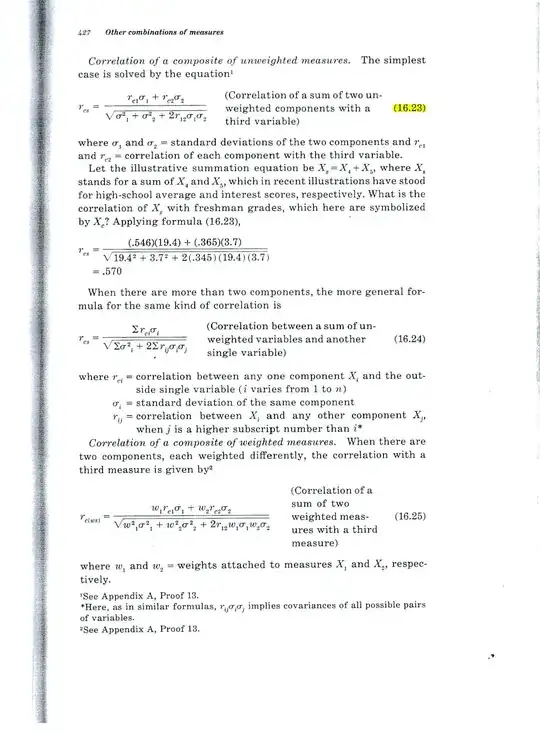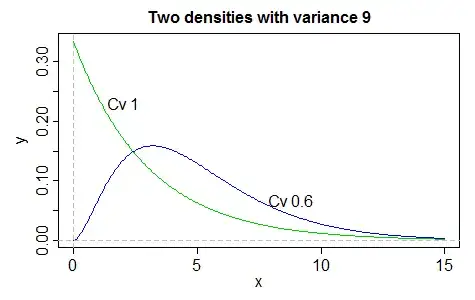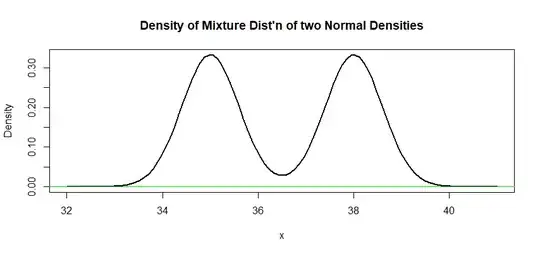How would I describe this QQ plot? Would it indicate fair normality? Or would it be skewed? I have attached the histogram also.
I have been asked to the answer the following: "By referring to the normal quantile plot below briefly discuss if the measurements are approximately normally distributed."
I have said it looks normally distributed as the majority of the dots are close to the reference line and appears linear based on the minimal sample size.
Would that fly?
Thank you.



